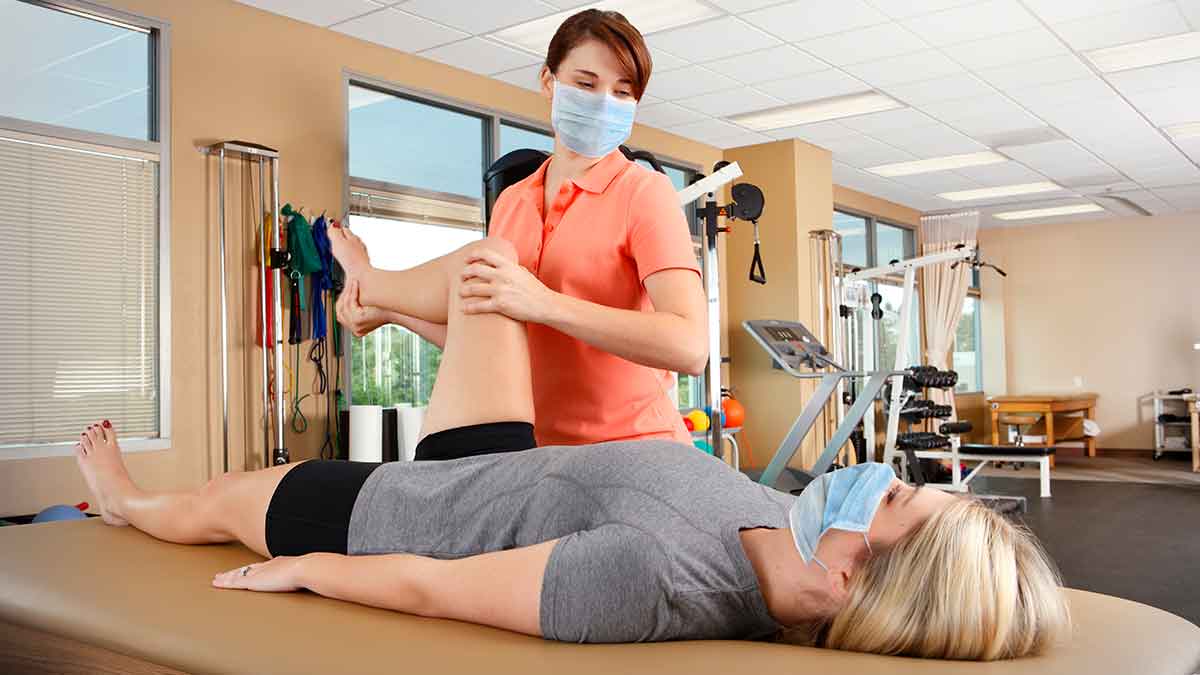Learning Common Sports Ailments and Effective Recovery Plans for Athletes
Learning Common Sports Ailments and Effective Recovery Plans for Athletes
Blog Article
Athletic traumas are common among sportspeople of every ages and proficiency levels. These traumas can occur in various forms, including ligament injuries, muscle injuries, breaks, and tendon inflammation. Understanding the types of traumas that can happen during athletic events is essential for both prevention and care. Sprains, for instance, involve the stretching or rupturing of connective tissues, which link bones at a joint. Muscle injuries, on the contrary hand, affect muscle tissues or tendons, which attach muscles to bones. Recognizing these traumas early can help sportspeople obtain appropriate treatment and return to their activity more quickly.
One of the most frequently seen injuries in sports is the foot sprain. This injury often occurs when an individual touches down awkwardly or rotates their ankle during a match. Symptoms of an ankle ligament injury include discomfort, swelling, and difficulty moving. Immediate treatment typically includes the R.I.C.E. method, which represents for Rest, Ice, Wrapping, and Elevation. This method aids reduce swelling and discomfort. In more serious situations, physical treatment may be necessary to restore strength and mobility to the ankle before returning to athletics.
Another common trauma is a muscle injury, which can happen in all sport that requires quick movements or intense lifting. Sportspeople may experience a muscular strain when they extend a muscle too much or when they exert too great effort. Symptoms include acute discomfort, inflammation, and muscle spasms. Rehabilitation for muscular strains often includes gentle stretching and conditioning workouts. Slowly increasing exercise levels is vital to avoid recurrence. Sportspeople should work closely with a physical therapist to develop a secure and effective recovery plan.
Tendonitis is another trauma that can impact sportspeople, particularly those who engage in frequent movements, such as joggers or swimmers. This issue happens when a tendon structure, which links muscular tissue to bone, becomes inflamed. Common areas affected by tendonitis include the arm, upper arm, and knee. Symptoms often include pain and stiffness, especially during movement. Care for tendonitis usually includes recovery, cooling, and anti-inflammatory medications. In some situations, physical treatment may be recommended to improve flexibility and strength in the injured region.
Avoiding sports injuries is just as important as addressing them. Athletes can reduce their chance of injury by warming up correctly before activities, using the right gear, and keeping good fitness additional reading condition. Power conditioning and flexibility exercises can help prepare the body for the demands of athletics. Additionally, athletes should listen to their physical condition and allow rest when needed. By comprehending frequent sports injuries and applying efficient rehabilitation strategies, sportspeople can stay fit and enjoy their favorite sports for a long time to come.